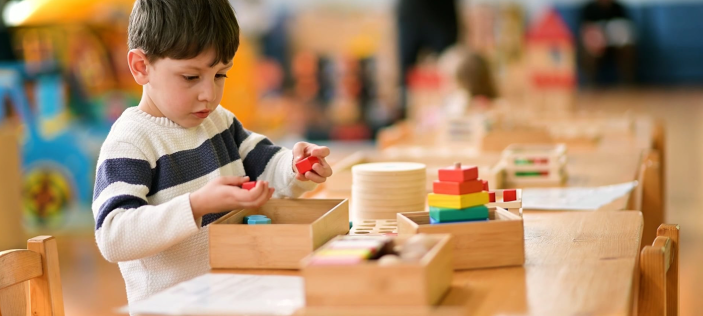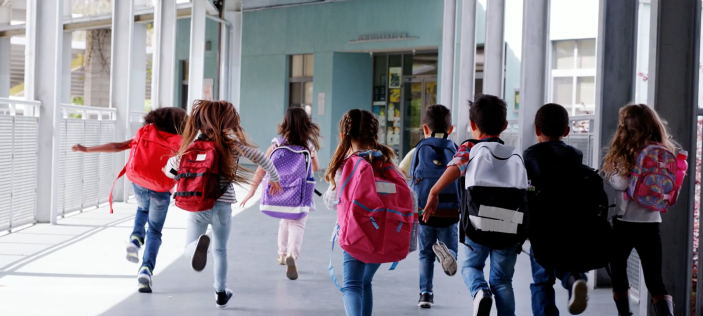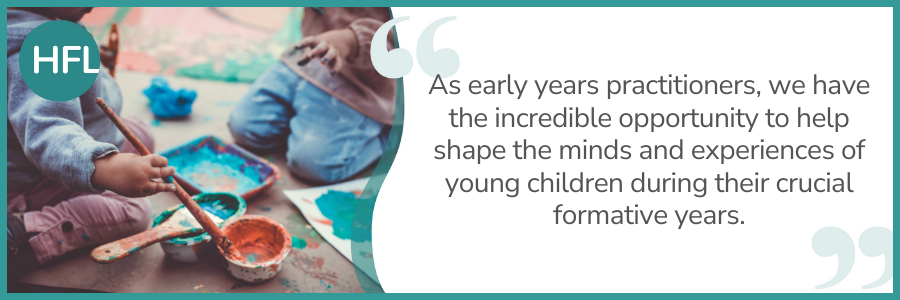
As early years practitioners, we have the incredible opportunity to help shape the minds and experiences of young children during their crucial formative years. In this blog, we will explore what open-ended play entails, discuss how you can support it and delve into the benefits that this type of play supports.
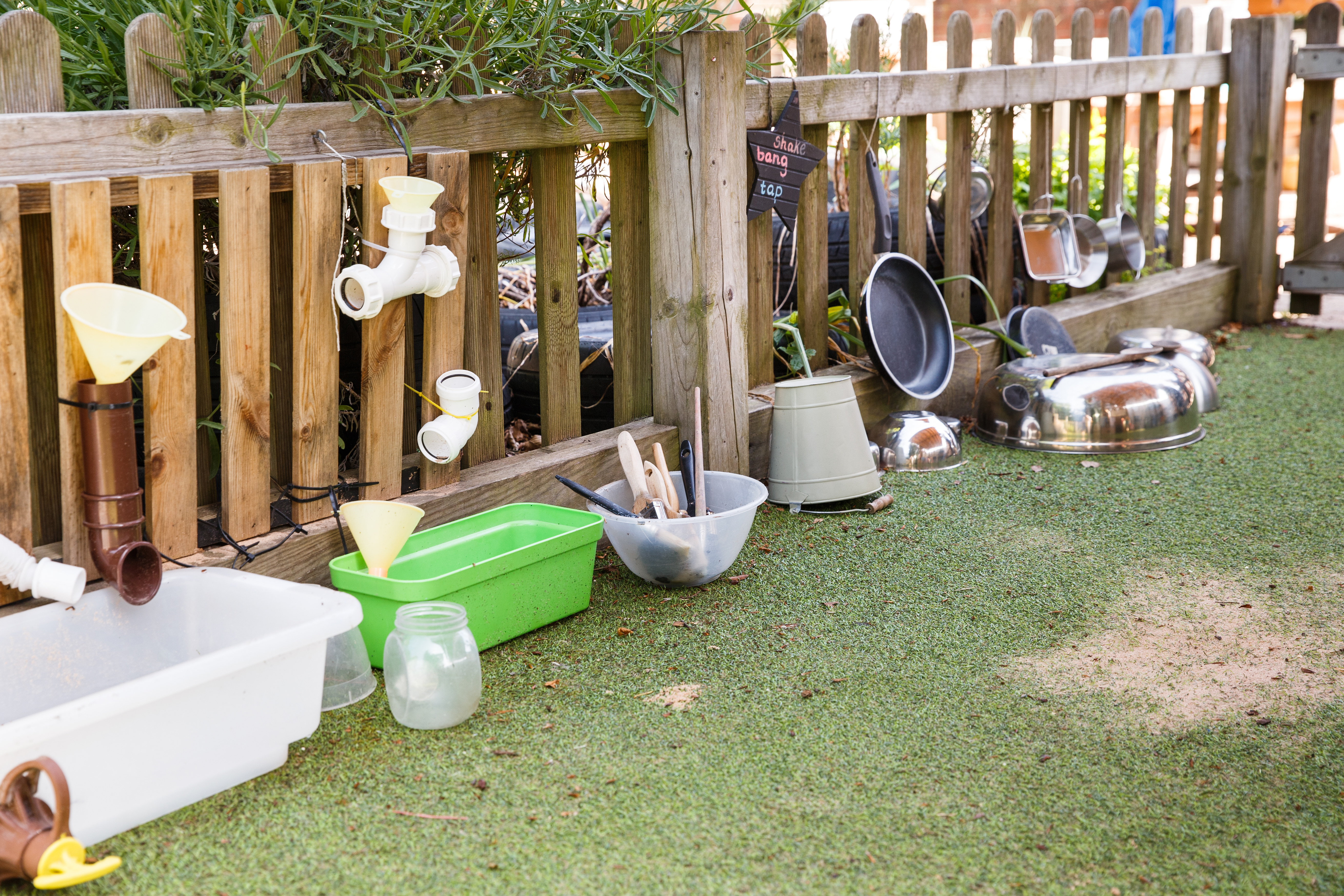
The EYFS states that ‘In planning and guiding what children learn, practitioners must reflect on the different rates at which children are developing and adjust their practice appropriately. Three characteristics of effective teaching and learning are:
- playing and exploring - children investigate and experience things, and ‘have a go’
- active learning - children concentrate and keep on trying if they encounter difficulties, and enjoy achievements
- creating and thinking critically - children have and develop their own ideas, make links between ideas, and develop strategies for doing things
What better way to meet the characteristics of effective learning than by offering children the opportunity to have open ended play.
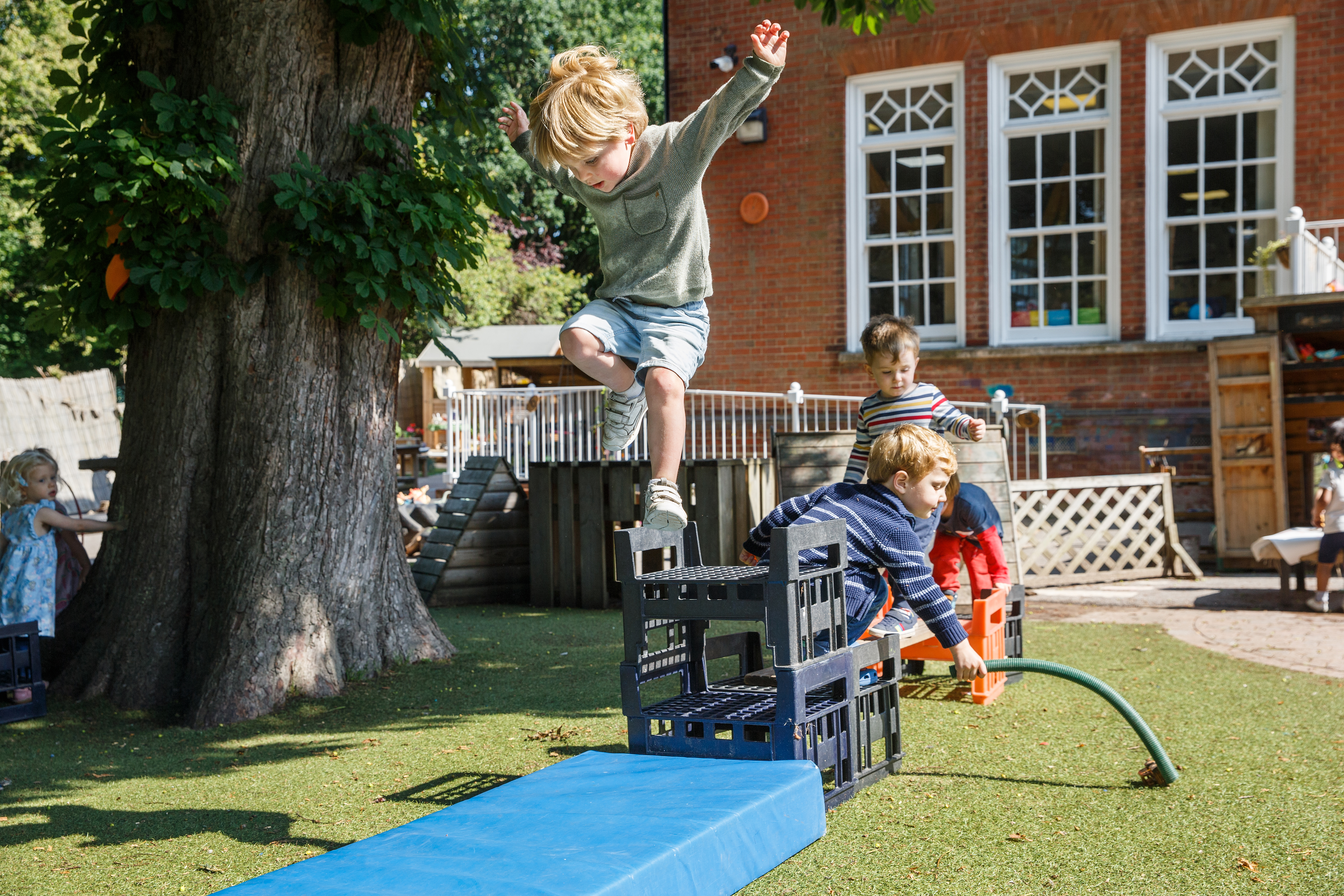
So, what do we mean when we say open ended play?
Open-ended play refers to unstructured play experiences that encourage children to explore, create, use their imagination freely, solve problems and use those critical thinking skills. It will of course be linked to your curriculum aims; you are just providing open ended opportunities to get there rather than structured activities with predetermined outcomes. Open-ended play involves materials, environments, and experiences that can be interpreted and used in multiple ways, allowing children to express their ideas and emotions. It is not pre planned ‘we are going to make this today’ nor does it have a closed outcome covering one of the seven areas of learning. In open-ended play, there is no pressure or expectation of an end result or product, and it can encompass all areas of learning.
As I say to many of the settings I support, think about the process, not the end product. Who is the end product for? A parent, the display board, a nursery scrap book. I would invite you to ask yourself what the children learnt from the ‘process’ of having to make an end product.
Some of the Benefits of Open-Ended Play:
Open-ended play offers children the opportunity to encounter challenges and find solutions on their own. This natural problem-solving approach aids in developing critical thinking skills and resilience from an early age. It can help children tap into their limitless imagination, transforming ordinary objects into extraordinary creations. Take a moment to think about the resources you provide, for example a small world car garage is always going to be just that.
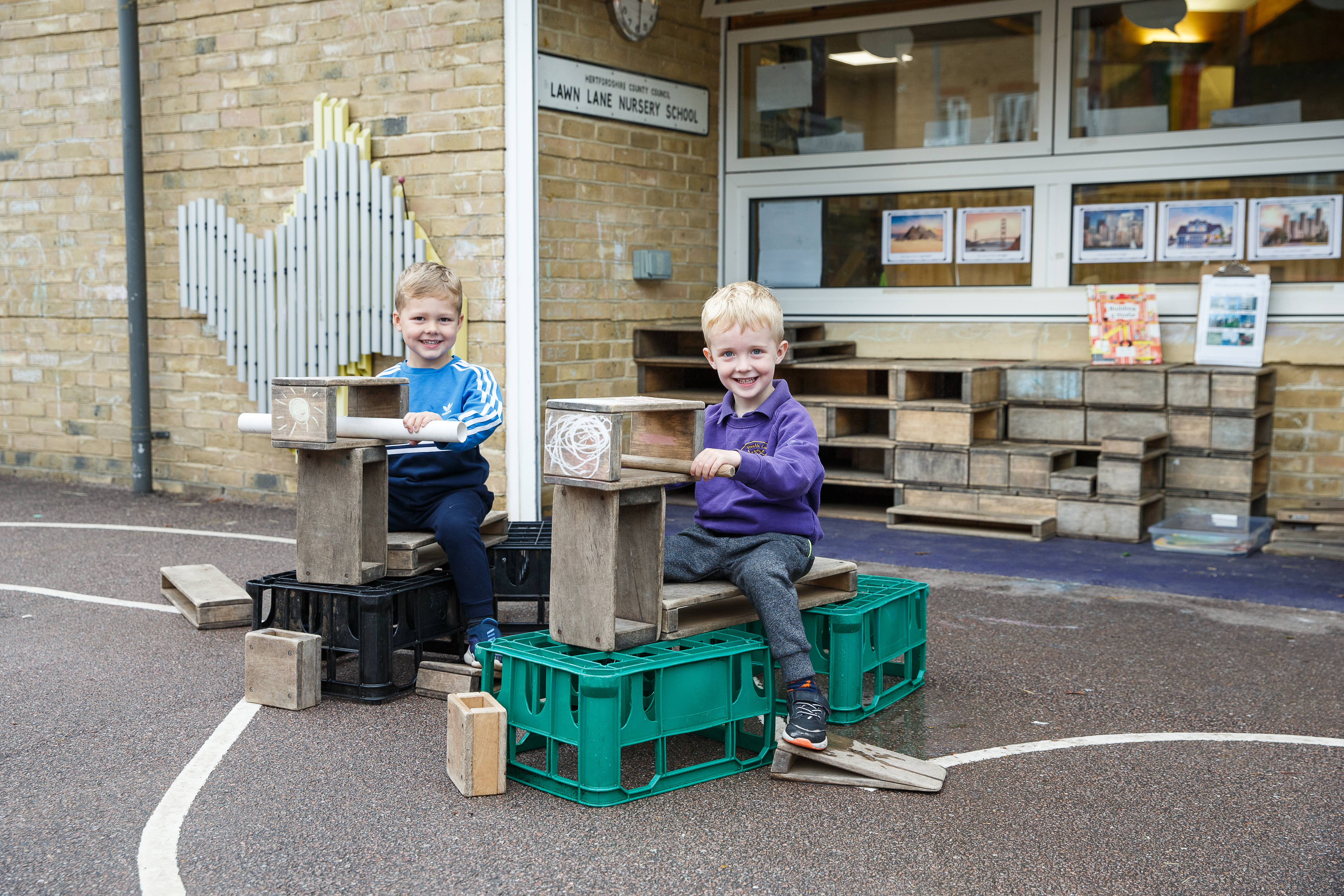
Recently, on one of my visits, I watched a small group of children transform six crates into an aeroplane, a sweet shop, surf boards, a car, and a desert island. As the children engaged in this type of play, it nurtured their social skills, as they learnt to negotiate with each other about what they were going to make. They co-operated with each other as they all worked collaboratively to create different structures. The play supported children’s language, as they communicated with each other discussing their ideas and giving instructions. Children acted out different role play scenarios, which encouraged dialogue expanding their vocabulary. They were in fact playing and exploring, actively learning as well as creating and thinking critically.
See the benefits for yourself
Professor Ferre Laevers is a known pioneer in Early Years, and his name is synonymous with the Leuvan Scale . He proposes 'emotional wellbeing' and 'involvement' as being central pillars to children's learning and development.
Laevers created a 5-point scale to measure both wellbeing and involvement. If there is a lack of wellbeing and or involvement, it is likely a child’s development will be threatened.
‘The higher the levels of wellbeing and involvement we can achieve for the child, the more we can add to the child’s development’.
I would challenge you to perhaps use these scales and see the benefits for yourself. Comparing the results against a fully structured adult led activity to an open-ended child led activity.
Doesn’t everything just end up in a mess?
Open ended play is not a ‘free-for-all’, yes it can get messy as children learn and explore but a good practitioner is key to this process, children still need adults to provide an enabling environment where there are enough of the right resources that provide provocations that allow skills to develop. An enabling environment will also support children when it comes to packing away. Cleary labelled areas will help children to know where to return items once they have finished playing.
How can I support open ended play?
Young children need time and space to actively play, follow their imaginations and be as creative and experimental as they can possibly be. Adults need to be able to identify when to step in, possibly when help is required or to move the learning forward and when to step back, if children are engaged and learning on their own.
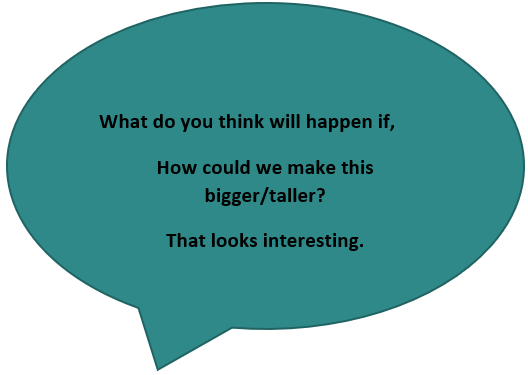
A great way to assist open ended play and enhance children’s learning is to ask open ended questions or comment on what children are doing.
It’s important to remember that ‘play is the highest form of research’ (Albert Einstein), so they need to be allowed to choose where they play rather than instructed to sit at a table for a pre-planned activity. Children maybe at the transportation stage, carrying resources from one area to another. Don’t try to stop them unless it is going to cause a major problem. If they have an idea they are working on, they may need to use an item from another area. For example, a child engrossed in world building in the small world area may want a few more blocks from the construction area for their house.
Some examples of open-ended play are, the mud kitchen, den building, loose parts large and small, sand and water, a deconstructed role play area (an area that is not set up but provides all the props for children to decide what and how to play) an open mark making, a music zone/stage the opportunities are endless.
When given the freedom to explore and imagine, guided by attuned adults, children will discover the world around them, develop physically and intellectually, and gain confidence.
Imagination is more important than knowledge. For knowledge is limited to all we now know and understand, while imagination embraces the entire world, and all there ever will be to know and understand.
Albert Einstein


